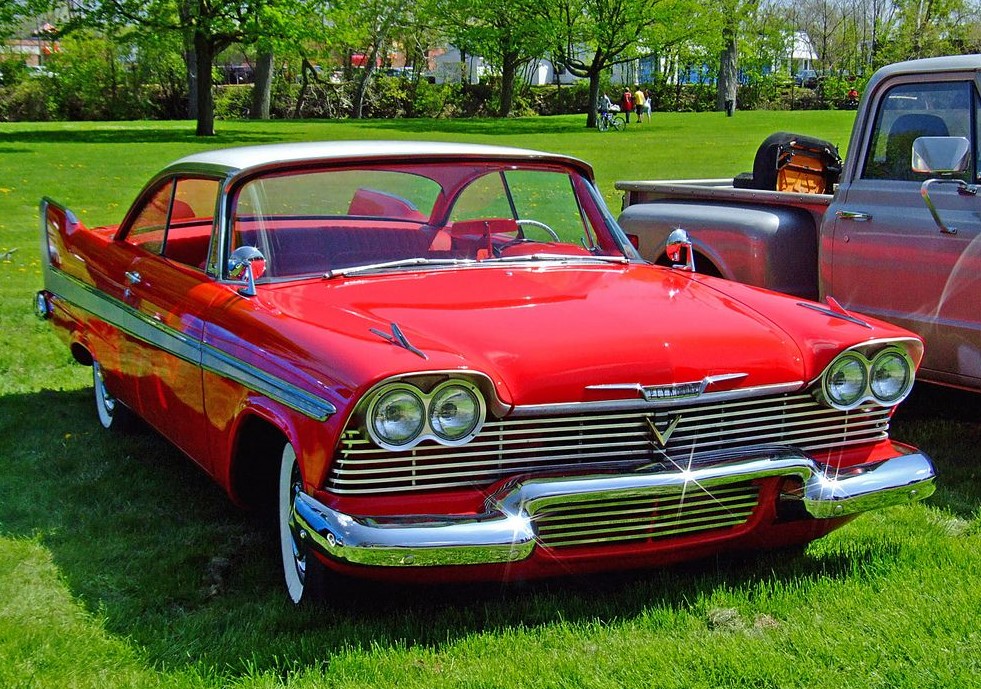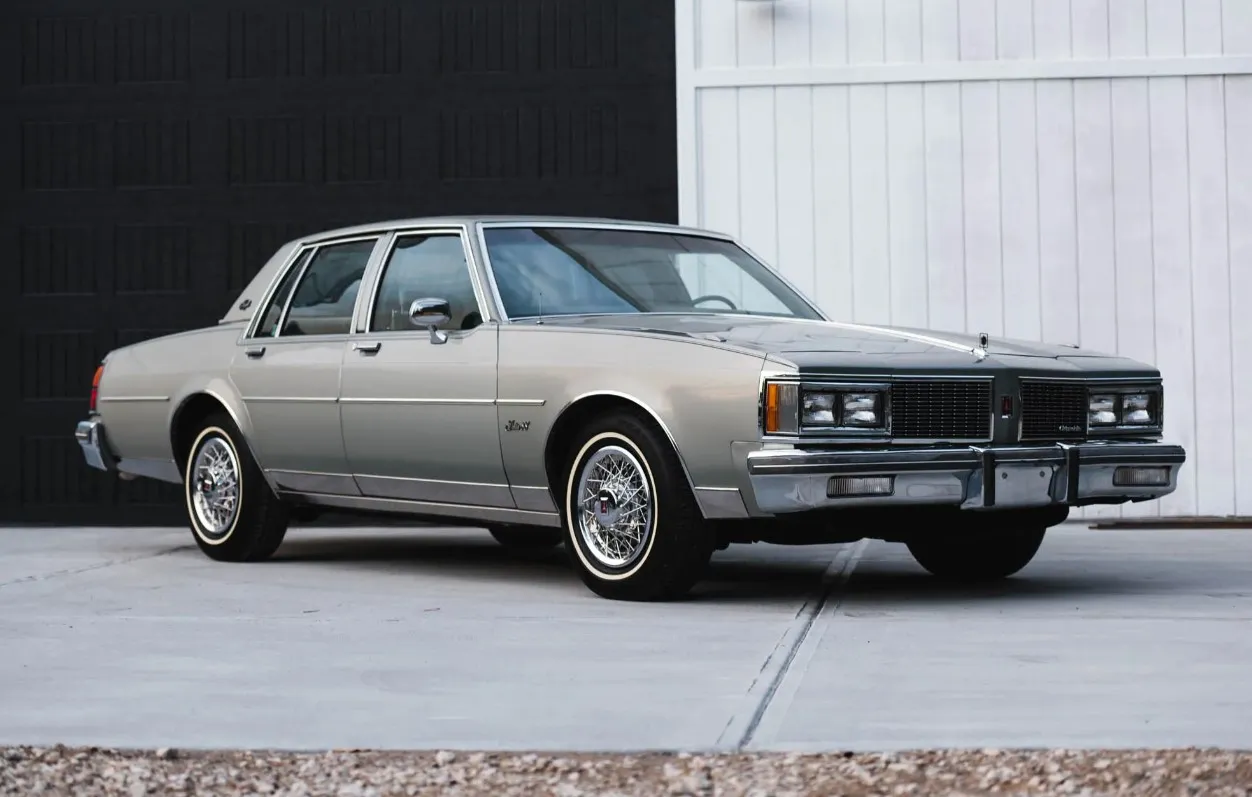The year 1966 marked a significant moment in the history of American automobiles. It was a time of innovation and design revolution, and at the forefront of this movement was the 1966 Oldsmobile Toronado. Boldly defying convention, the Toronado represented a departure from traditional automotive design with its front-wheel drive (FWD) architecture and sleek, futuristic styling. In this article, we will explore the origins, design, engineering, performance, and legacy of the 1966 Oldsmobile Toronado, a true icon of its era.
Origins and Development
The Oldsmobile Toronado was conceived and developed during a period of intense competition among American automakers. In the 1960s, manufacturers were vying to push the boundaries of automotive engineering and design, resulting in the birth of numerous groundbreaking vehicles. Oldsmobile, a division of General Motors, was no exception.
The idea for the Toronado began to take shape in the early 1960s when Oldsmobile engineers and designers started exploring the possibilities of a front-wheel-drive layout for a luxury car. This was a daring move, as FWD was relatively uncommon in American passenger cars at the time, primarily reserved for smaller, economy-oriented models. The Toronado, however, was poised to change that perception.
Design and Styling
The 1966 Oldsmobile Toronado made a bold and unforgettable first impression with its avant-garde styling. Designed under the direction of David North, the Toronado featured a distinctive and futuristic appearance that was unlike anything else on the road.
One of the most eye-catching elements of the Toronado was its hidden headlights, which were concealed behind a distinctive full-width grille. This design element, combined with the smooth, uninterrupted lines of the body, created a sleek and aerodynamic profile. The car's long hood, short deck, and pronounced fender arches added to its commanding presence.
Inside, the Toronado continued to impress with its spacious and luxurious cabin. The interior was appointed with high-quality materials, plush seating, and a host of modern amenities, making it a comfortable and stylish place to be.
Power and Performance
Under the hood of the 1966 Oldsmobile Toronado was a potent 7.0-liter (425 cubic-inch) Rocket V8 engine. This massive powerplant delivered a formidable 385 horsepower and an impressive 475 lb-ft of torque, making the Toronado one of the most powerful cars of its time. This engine was mated to a three-speed Turbo Hydra-Matic automatic transmission, ensuring smooth and effortless acceleration.
What set the Toronado apart from its contemporaries was its front-wheel-drive configuration. This innovative design allowed for better traction, improved handling, and a spacious cabin, all of which were benefits not commonly associated with luxury cars of the era.
Performance-wise, the Toronado could accelerate from 0 to 60 miles per hour in just 7.5 seconds, a remarkable feat for a full-size luxury coupe. Its top speed was around 125 miles per hour, solidifying its reputation as a high-performance vehicle.
Driving the Toronado was an experience like no other. Its FWD system provided exceptional stability and road-holding capabilities, while its powerful engine delivered effortless and exhilarating acceleration. The Toronado was a true driver's car, offering a balance of luxury and performance that few cars of its era could match.
Innovative Engineering

The front-wheel-drive layout of the Toronado was a groundbreaking innovation in American automotive engineering. This design choice allowed for a flat, unobstructed floor in the cabin, creating a spacious and comfortable interior. It also improved weight distribution and traction, enhancing the car's handling characteristics.
To accommodate the Toronado's front-wheel-drive architecture, engineers had to rethink many aspects of the car's design. The transmission and engine were integrated into a single unit, known as the "Unitized Power Package," which was mounted transversely in the engine bay. This design innovation not only saved space but also contributed to the car's balanced weight distribution.
Legacy and Collectibility
The 1966 Oldsmobile Toronado holds a special place in automotive history as a pioneering American luxury car. Its innovative design and engineering were ahead of their time and laid the groundwork for the widespread adoption of front-wheel drive in the industry.
Today, the 1966 Toronado is a highly collectible classic car, sought after by enthusiasts and collectors. Its rarity, distinctive styling, and historical significance make it a prized possession for those who appreciate automotive innovation and elegance.
Restoring and maintaining a Toronado can be a rewarding but challenging endeavor due to its age and limited availability of certain parts. However, dedicated Oldsmobile clubs and online communities offer valuable resources and support for those undertaking such projects.
The value of a 1966 Oldsmobile Toronado varies depending on factors such as its condition, originality, and rarity. Well-preserved examples with matching numbers and minimal modifications command premium prices in the collector car market.
Conclusion

The 1966 Oldsmobile Toronado stands as a testament to the spirit of innovation and daring design that characterized the American automotive industry in the 1960s. It challenged conventions and pushed the boundaries of what a luxury car could be, offering a unique combination of style, performance, and engineering excellence.
As we look back on the Toronado's legacy, we are reminded of an era when American automakers were willing to take bold risks and embrace new technologies. The Toronado's pioneering front-wheel-drive design and striking aesthetics continue to inspire and captivate automotive enthusiasts, solidifying its status as a true icon of innovation and elegance.

